Table of content
Pineapple Gulao Chicken, a beloved dish in Chinese-inspired cuisine, harmoniously blends tender chicken, vibrant vegetables, and the tropical sweetness of pineapple with a glossy, tangy sauce. This recipe, rooted in the fusion of flavors, has captured hearts worldwide for its balance of sweet, sour, and savory notes. Achieving the ideal texture and flavor profile requires attention to detail, from marinating the chicken to perfecting the sauce’s consistency. This comprehensive guide will walk you through every step, ensuring your Pineapple Gulao Chicken becomes a餐桌上的明星 (table star) that delights both the palate and the eye.
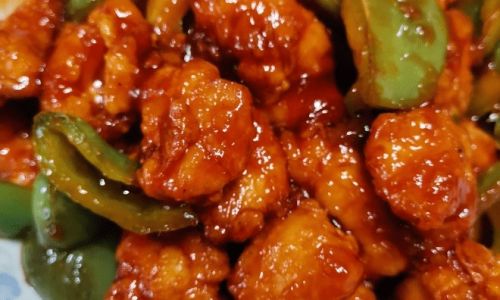
Understanding the Dish’s Origins and Flavor Profile
Pineapple Gulao Chicken draws inspiration from Cantonese cooking techniques, which emphasize delicate flavors and contrasting textures. The term “gulao” refers to the sweet and sour sauce that coats the ingredients, while the pineapple adds a bright, acidic sweetness that cuts through the richness of the dish. Unlike heavier stir-fries, this recipe prioritizes a light, glossy sauce that clings to each piece of chicken and vegetable, creating a symphony of tastes.
The dish’s success hinges on balancing four key elements:
- Tender Chicken: Properly marinated and cooked chicken remains juicy and absorbs the sauce’s flavors.
- Crisp Vegetables: Bell peppers and onions retain their crunch, adding texture.
- Fresh Pineapple: Avoids a cloying sweetness and provides a lively acidity.
- Perfectly Calibrated Sauce: A harmonious blend of sweet (pineapple, sugar), sour (vinegar), salty (soy sauce), and umami (ketchup).
Ingredients: Quality Matters
To elevate this dish, start with the finest ingredients. While substitutions are possible, premium components will yield superior results.
For the Chicken:
- 1 lb (450g) boneless, skinless chicken breast or thigh: Thighs offer more flavor, while breasts stay slightly firmer.
- 1 tbsp soy sauce: Use light soy sauce for saltiness without darkening the sauce.
- 1 tbsp Shaoxing wine (or dry sherry): Adds depth; omit for alcohol-free.
- 1 tsp sesame oil: Enhances aroma.
- 1 tbsp cornstarch: Creates a protective coating during frying.
- 1 egg white (optional): For extra tenderness (velveting technique).
For the Vegetables and Pineapple:
- 1 cup fresh pineapple chunks: Canned pineapple lacks the vibrancy of fresh; dice into 1-inch pieces.
- 1 red bell pepper: Slice into 1-inch squares for color contrast.
- 1 green bell pepper: Adds freshness and crunch.
- ½ medium onion: Cut into wedges for caramelization.
- 3 garlic cloves, minced: Use fresh garlic for pungency.
- 1-inch ginger, grated: Balances the sweetness.
For the Sauce:
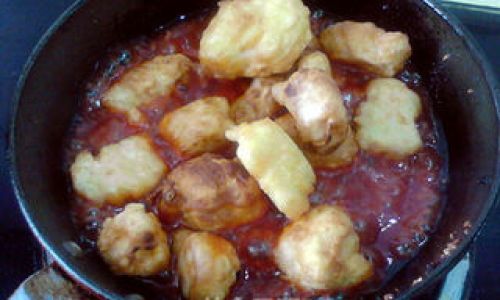
- ¼ cup pineapple juice (from fresh pineapple): If unavailable, use 100% juice with no added sugar.
- 3 tbsp ketchup: Provides tanginess and red hue.
- 2 tbsp rice vinegar: Apple cider vinegar works as a substitute.
- 1 tbsp soy sauce: Adjust to taste.
- 1 tbsp sugar: White or brown sugar; brown adds caramel notes.
- 1 tsp cornstarch: Thickens the sauce.
- ¼ cup water: To dilute the cornstarch.
Optional Additions:
- 1-2 dried red chilies: For heat.
- 1 tsp rice wine: Enhances complexity.
- Sesame seeds: For garnish.
Step-by-Step Preparation
Marinating the Chicken
The marinade tenderizes the meat and infuses it with foundational flavors.
- Cut the chicken into 1-inch cubes, ensuring uniform size for even cooking.
- In a bowl, combine chicken, soy sauce, Shaoxing wine, sesame oil, and cornstarch.
- Add the egg white (if using) and mix until the chicken is coated.
- Marinate for 15-30 minutes (refrigerated). This step is crucial for tenderness.
Pro Tip: Avoid over-marinating, as the enzymes in pineapple (if added early) can toughen the meat.
Preparing the Vegetables and Pineapple
- Dice the pineapple: Remove the core and cut into uniform chunks.
- Slice bell peppers and onions into similar sizes for even cooking.
- Mince garlic and grate ginger; set aside.
Cooking the Chicken
- Heat 2 tbsp vegetable oil in a wok or large skillet over medium-high heat.
- Add the chicken in a single layer, ensuring each piece touches the pan.
- Fry until golden (2-3 minutes per side). Avoid overcrowding the pan to prevent steaming.
- Remove the chicken and set aside. The goal is to seal in juices without fully cooking through.
Sautéing Aromatics and Vegetables
- In the same pan, add 1 tbsp oil if dry.
- Stir-fry garlic and ginger for 30 seconds until fragrant.
- Add onions and cook until translucent (1-2 minutes).
- Toss in bell peppers and stir-fry for 2 minutes, retaining their crispness.
Building the Sauce
- In a small bowl, whisk pineapple juice, ketchup, vinegar, soy sauce, sugar, and cornstarch with water.
- Pour the sauce into the pan, stirring constantly to prevent lumps.
- Bring to a simmer until thickened (1-2 minutes). The sauce should coat the back of a spoon.
Combining Ingredients
- Return the chicken to the pan, tossing gently to coat.
- Add pineapple chunks last to avoid overcooking (1-2 minutes).
- Adjust seasoning: Add a pinch of salt or extra sugar if needed.
Finishing Touches
- Garnish with sesame seeds or sliced green onions.
- Serve immediately over steamed jasmine rice or fried rice.
Key Tips for Perfect Pineapple Gulao Chicken
-
Velveting Technique:
For ultra-tender chicken, try the “velveting” method:- Marinate chicken with cornstarch and egg white.
- Blanch in boiling water for 1 minute, then shock in ice water.
- Stir-fry briefly to finish cooking.
-
Sauce Consistency:
The sauce should cling to ingredients without being gluey. If too thick, add water; if too thin, simmer longer. -
Pineapple Precision:
Fresh pineapple contains bromelain, an enzyme that tenderizes meat. Add it at the end to prevent the chicken from becoming mushy.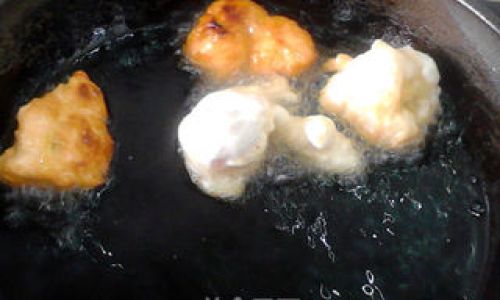
-
Balancing Flavors:
Taste and adjust the sauce before serving. A well-balanced gulao sauce should make your lips pucker slightly from the vinegar, then mellow into sweetness. -
Avoid Overcooking Vegetables:
Bell peppers should retain their vibrant color and crunch. Remove them from the pan if they begin to soften excessively.
Variations and Customizations
- Protein Swap: Use shrimp, pork, or tofu instead of chicken. Adjust cooking times accordingly.
- Vegetarian Twist: Substitute the chicken with fried tempeh or seitan.
- Spicy Kick: Add sliced Fresno chilies or a dash of Sriracha to the sauce.
- Fruit Additions: Incorporate mango or kiwi for a tropical twist.
- Gluten-Free Option: Use tamari instead of soy sauce and ensure your ketchup is gluten-free.
Pairing Suggestions
- Rice: Jasmine rice’s fragrance complements the dish’s sweetness.
- Noodles: Serve over crispy chow mein noodles for texture.
- Side Dish: A refreshing cucumber salad with rice vinegar and sesame oil balances the richness.
- Drink Pairing: A crisp lager or a lightly sweet Riesling enhances the flavors without overwhelming them.
Troubleshooting Common Issues
- Soggy Chicken: Ensure the pan is hot before frying, and avoid overcrowding.
- Bland Sauce: Increase ketchup or soy sauce, or add a splash of fish sauce for umami.
- Overly Sweet Sauce: Balance with extra vinegar or a squeeze of lime.
- Mushy Pineapple: Use fresh pineapple and add it at the end.
The Cultural Significance of Sweet and Sour Dishes
Sweet and sour preparations, like Pineapple Gulao Chicken, symbolize the balance of life’s contrasts—joy and sorrow, sweetness and hardship. In Chinese culture, these dishes are often served during celebrations, their vibrant colors and flavors reflecting prosperity and joy. By mastering this recipe, you’re not just cooking a meal; you’re honoring a tradition that has delighted generations.
Conclusion
Pineapple Gulao Chicken is a testament to the magic of culinary alchemy, where simple ingredients transform into a dish that dances on the tongue. By mastering the marinade, respecting cooking times, and fine-tuning the sauce, you’ll create a meal that invites compliments and demands seconds. Whether you’re cooking for a weeknight dinner or a festive gathering, this recipe guarantees a memorable experience. So, gather your ingredients, embrace the sizzle of the wok, and let the sweet and tangy aroma of Pineapple Gulao Chicken fill your kitchen—and your heart.
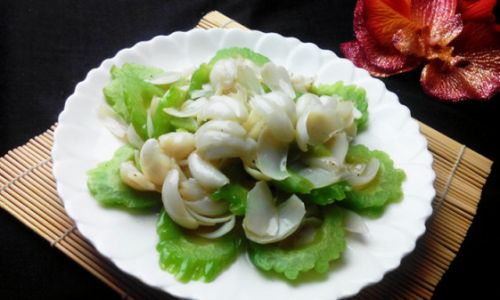
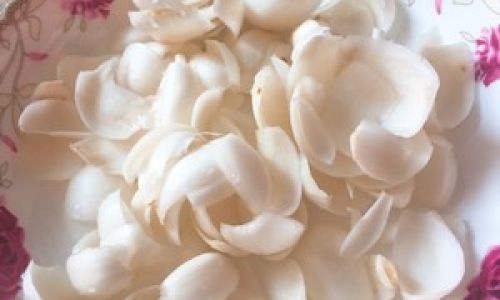
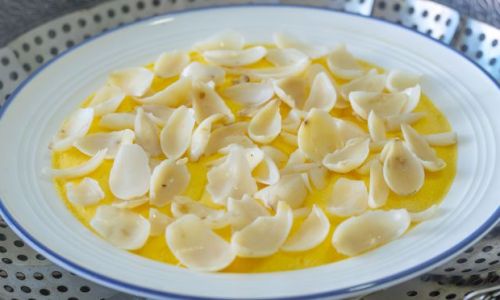
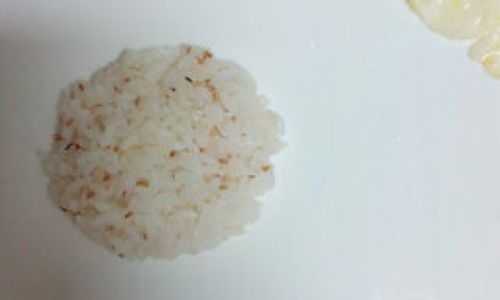

0 comments